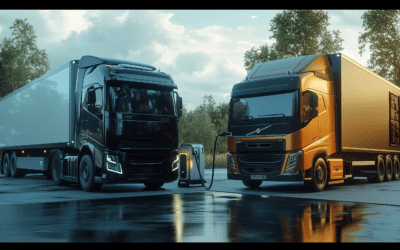The Limitations of CNG, LNG, Electric, and Hydrogen Fuels for Commercial Vehicles: The UK government aims to decrease greenhouse gases and gradually phase out diesel vehicles. As alternatives, CNG, LNG, electric, and hydrogen fuels are well-known contenders. Here’s a brief overview:
- Compressed Natural Gas (CNG): Natural gas stored at high pressure and used as a fuel for vehicles.
- Liquefied Natural Gas (LNG): Natural gas cooled to a liquid state for easier storage and transportation.
- Electric: Vehicles powered by electricity, either from batteries or fuel cells.
- Hydrogen: Vehicles using hydrogen gas as a fuel source, producing water as a byproduct.
However, for now, Hydrotreated Vegetable Oil (HVO) fuel is considered the best alternative fuel option for commercial vehicles, given its lower greenhouse gas emissions and compatibility with existing diesel engines.
The Limitations of CNG as a fuel for commercial vehicles

These limitations can have significant implications for companies with large fleets of vehicles and local government services. Companies with large fleets may face increased costs in retrofitting or purchasing new tanks for CNG storage. The limited range of CNG vehicles may also impact operational efficiency, as frequent refueling or route planning may be necessary. Furthermore, the limited availability of CNG vehicles can pose challenges when expanding or replacing the fleet.
For local government services such as ambulance, police, fire, gritters, and refuse wagons, the limitations of CNG can affect their ability to respond quickly and effectively. The limited range of CNG vehicles may impact emergency response times and the ability to cover large areas. Additionally, the limited availability of CNG vehicles can hinder the expansion or renewal of government fleets, potentially impacting service delivery.
Overall, the limitations of CNG as a fuel for commercial vehicles can have operational and cost implications for companies with large fleets, as well as impact the efficiency and effectiveness of local government services reliant on CNG vehicles.
The limitations of LNG as a fuel for commercial vehicles

Secondly, there are concerns over methane leakage during the extraction and transportation of LNG. Over a 20-year time period, methane traps 86 times more heat than the same amount of CO2. If even a small amount of methane escapes anywhere along the process of extracting it from the earth and burning it in an engine, using LNG could emit more life-cycle GHGs than conventional fuels. Lastly, while LNG can offer a reduction of up to 25% in greenhouse gas emissions compared to diesel, it falls short of providing a significant environmental advantage as it is still a fossil fuel.
These limitations can have implications for companies with large fleets of vehicles and local government services. The high upfront costs may deter companies and government services from transitioning their entire fleet to LNG vehicles. Moreover, the need for specialized LNG refueling stations and infrastructure can limit the accessibility and convenience of refueling for these vehicles. The concerns over methane leakage raise environmental and sustainability concerns, potentially impacting the reputation of companies and government services committed to reducing their carbon footprint.
In conclusion, the limitations of LNG as a fuel for commercial vehicles, including high upfront costs, methane leakage concerns, and modest greenhouse gas emission reductions, can pose challenges for companies with large vehicle fleets and local government services. These limitations may impact the feasibility and practicality of adopting LNG as a fuel source in these contexts.
The limitations of electric power for commercial vehicles
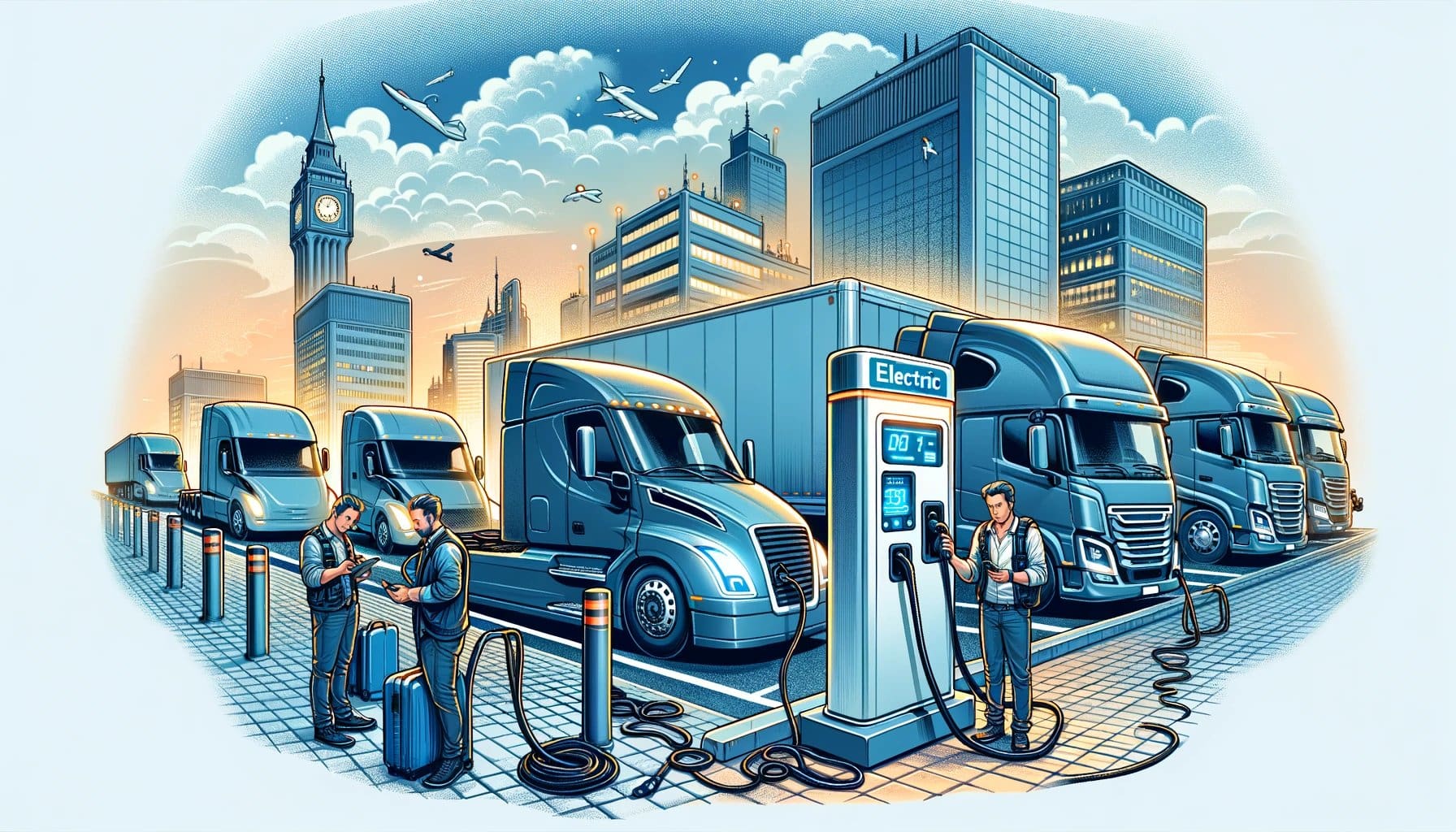
Limited range and long refueling times: Electric vehicles have a limited driving range compared to traditional fuel-powered vehicles. Additionally, the time required to recharge electric vehicle batteries is usually longer than refueling with conventional fuels. This can lead to decreased productivity and longer downtime for commercial vehicles during refueling.
Challenges in charging infrastructure for long-haul journeys: Electric vehicles require a well-established and reliable charging infrastructure for long-haul journeys. However, the availability of charging stations on major highways and remote areas can be limited. This can make it challenging for companies with large fleets or emergency services to plan and execute long-distance trips efficiently.
Expense and complexity of making repairs: Electric vehicles often require specialised knowledge and equipment for repairs. The cost of repairing and maintaining electric vehicles can be higher compared to traditional vehicles. This can pose financial challenges for companies with large fleets or local government services that operate on tight budgets.
Limited availability of suitable electric vehicles: While the number of electric vehicle models is increasing, there is still a limited availability of electric vehicles suitable for specific commercial purposes. This can restrict the options available for companies with diverse vehicle requirements, such as those in the emergency services or waste management sectors.
These limitations can impact the operational efficiency, cost-effectiveness, and flexibility of companies with large fleets of vehicles and local government services. They may need to carefully consider these factors when evaluating the feasibility of transitioning to electric vehicles and plan for potential challenges in terms of range, refueling infrastructure, repair costs, and vehicle availability.
The limitations of hydrogen fuel for commercial vehicles
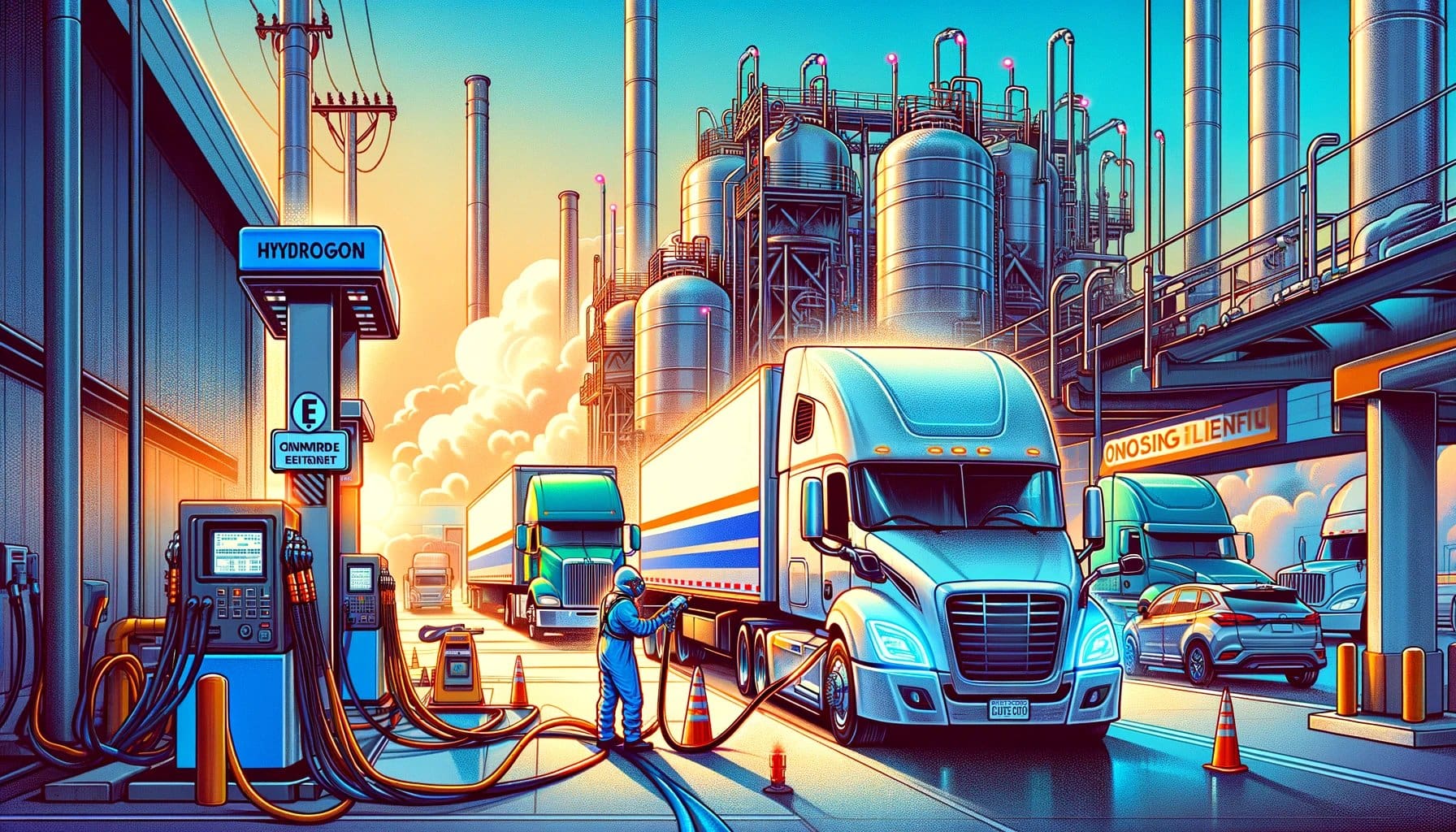
Hydrogen fuel for commercial vehicles in the UK has several limitations. Firstly, the high production and infrastructure costs associated with hydrogen make it an expensive fuel option. Additionally, there are concerns over the safety and storage of hydrogen, as it is highly flammable and requires special handling and storage facilities. This means that any existing on site diesel storage facilities couldn’t be used and new equipment would need to be installed. Exiting vehicles would have to be retrofitted to use this type of fuel source or new vehicles purchased that can run on this source of fuel
Compared to other fuel sources, hydrogen is relatively unstable, which poses challenges in terms of handling, transportation, and ensuring its safe usage in commercial vehicles.
Furthermore, the lack of availability of hydrogen as a fuel source is another limitation. This scarcity of refueling options can hinder the widespread adoption of hydrogen fuel for commercial vehicles, particularly for companies with large fleets of vehicles and local government services such as ambulance, police, fire, gritters, and refuse wagons.
These limitations impact businesses and government services that heavily rely on commercial vehicles, as they would face higher costs for fuel production and infrastructure setup. Additionally, the concerns over safety and storage may require additional investments in safety measures and training for personnel. The lack of availability of hydrogen fuel and hydrogen powered vehicles further limits the practicality and feasibility of using hydrogen fuel for commercial vehicle fleets.
Critical assessment of HVO fuel as a promising solution
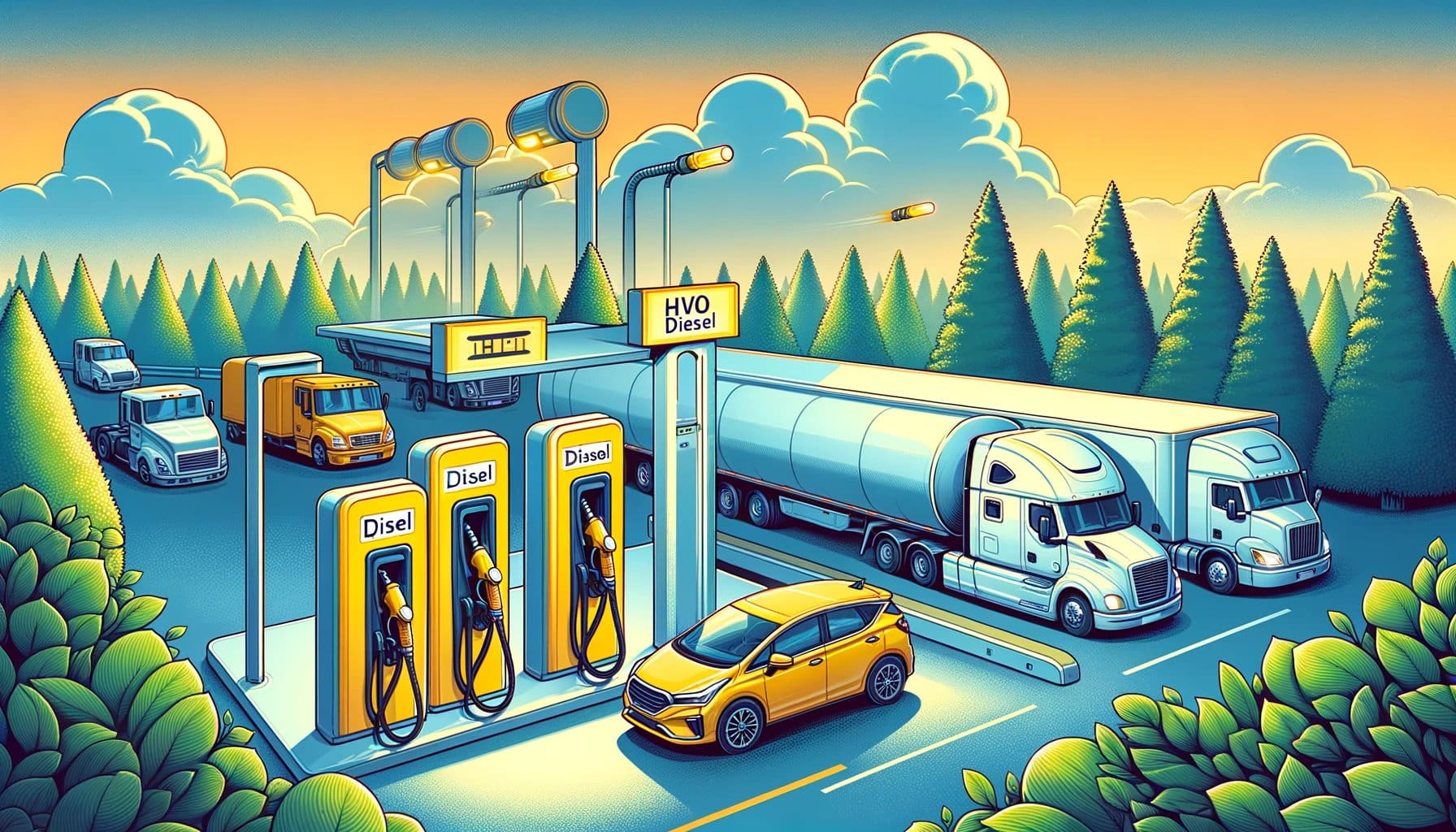
HVO fuel is a promising solution for various reasons. It is a renewable and sustainable alternative to traditional diesel fuel. HVO, which stands for Hydrotreated Vegetable Oil, is produced through a process of refining vegetable oils or animal fats.
HVO fuel offers several advantages. Firstly, it has similar properties to regular diesel, making it compatible with existing diesel engines and infrastructure. This means that vehicles and machinery running on traditional diesel can easily switch to HVO fuel without requiring significant modifications or investments. This also applies to any existing onsite diesel storage equipment not requiring any significant modifications or investments either. HVO fuel can also be mixed with regular diesel for a gradual transition or if vehicles aren’t in close vicinity to an HVO refuelling station
In terms of environmental impact, HVO fuel exhibits lower greenhouse gas emissions compared to traditional diesel. Its production process results in reduced carbon dioxide emissions up to 90%, thereby contributing to the reduction of overall carbon footprint. This makes HVO fuel an attractive option for companies and organizations aiming to lower their environmental impact.
Another advantage of HVO fuel is its cost-effectiveness and availability. The production of HVO fuel has become more efficient, leading to increased availability in the market. Additionally, as HVO fuel can be used in existing diesel engines, companies and organisations can avoid the costly process of transitioning to entirely new fuel systems.
When comparing HVO fuel to other alternative fuels, such as compressed natural gas (CNG), liquefied natural gas (LNG), electric, and hydrogen, there are some notable differences. HVO fuel offers advantages in terms of compatibility and infrastructure. Unlike CNG, LNG, electric, or hydrogen-powered vehicles, HVO fuel can be used in existing diesel engines without requiring extensive infrastructure changes. This is particularly beneficial for companies with large fleets of vehicles and local government services, such as ambulances, police cars, fire trucks, gritters, and refuse wagons. These entities can make a smooth transition to HVO fuel while leveraging their existing infrastructure and vehicles.
Right now, HVO fuel presents itself as a promising solution due to its compatibility with existing infrastructure, lower greenhouse gas emissions, cost-effectiveness, and availability. Its advantages over alternative fuels make it an attractive option for companies with large vehicle fleets and local government services. By opting for HVO fuel, these entities can contribute to a more sustainable future without facing significant logistical or financial challenges.
Conclusion
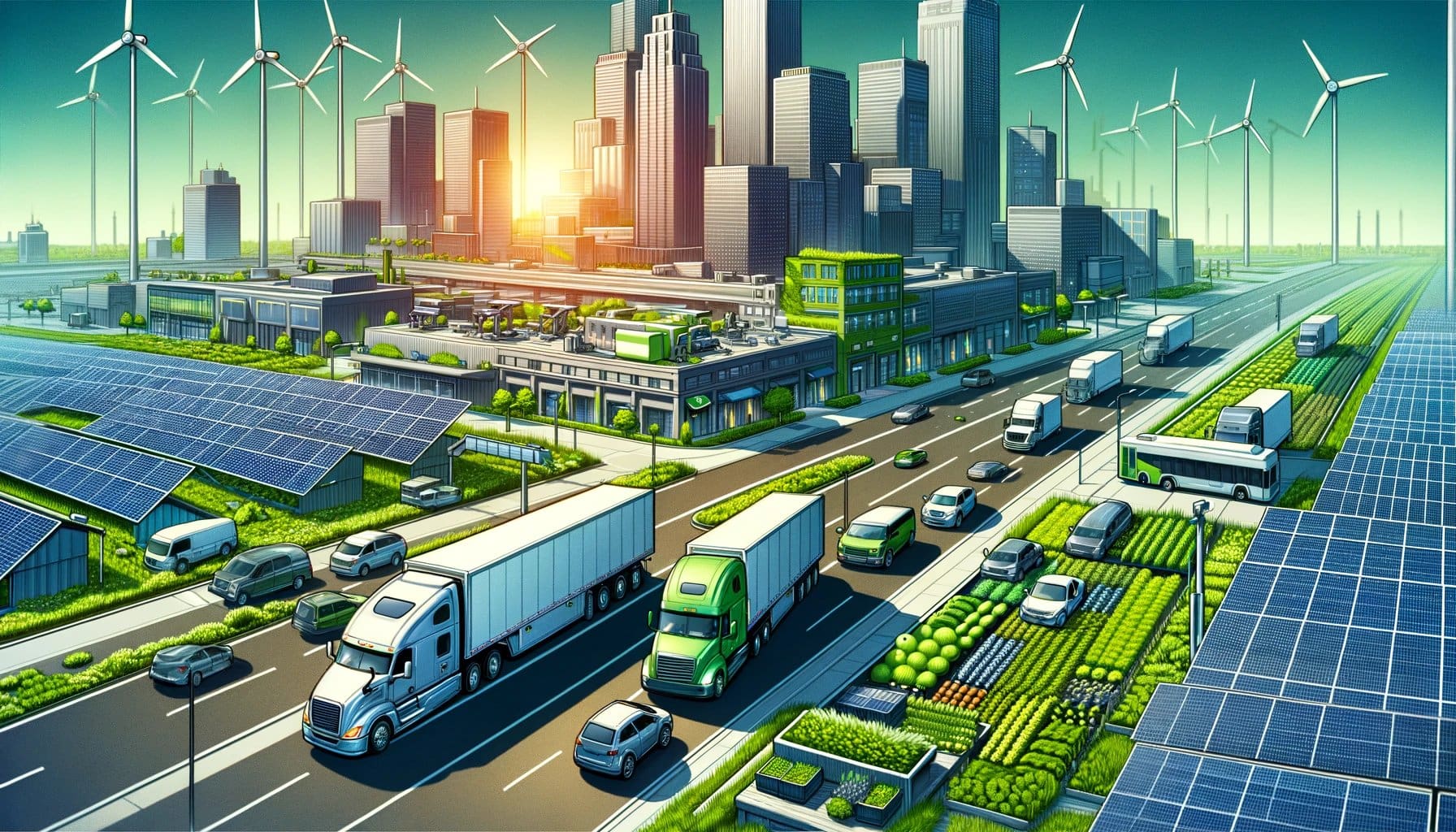
In conclusion, when considering the limitations of CNG, LNG, electric, and hydrogen fuels for commercial vehicles, it becomes clear that HVO fuel is the most suitable solution for now. The Recap of limitations can be summarized as follows:
CNG (Compressed Natural Gas): Limited refueling infrastructure, lower energy density, and reduced range compared to traditional diesel.
LNG (Liquefied Natural Gas): Limited refueling infrastructure, higher costs, and challenges with storage and transportation.
Electric: Limited charging infrastructure, longer charging times, limited range, and higher upfront costs.
Hydrogen: Limited refueling infrastructure, high production costs, and challenges with storage and transportation.
These limitations have significant implications for companies with large fleets of vehicles and local government services. For companies with extensive vehicle fleets, the limited refueling infrastructure and reduced range of alternative fuels could result in operational challenges, especially for long-haul transportation. Moreover, higher costs associated with infrastructure upgrades and maintenance can pose financial burdens.
Local government services like ambulance, police, fire, gritters, and refuse wagons require reliable and efficient fuel options. The limitations of alternative fuels may hinder their ability to respond quickly and effectively in emergency situations. Limited refueling infrastructure could lead to delays, while longer charging times or reduced range may impact service availability.
Considering all these factors, HVO fuel emerges as the most viable solution currently. It offers compatibility with existing diesel infrastructure, requires no additional modifications to vehicles, provides a higher energy density, and reduces greenhouse gas emissions. HVO fuel provides a seamless transition for companies and local government services, ensuring their operations remain efficient and reliable.
In conclusion, while alternative fuels show promise, HVO fuel presents the best solution for addressing current limitations and maintaining the functionality of commercial vehicle fleets and local government services.








